We may earn money or products from the companies mentioned in this post. This means if you click on the link and purchase the item, I will receive a small commission at no extra cost to you ... you're just helping re-supply our family's travel fund.

For years, certain American cities were spoken of like pilgrimage sites for beer lovers. Flights of rare saisons, tiny barrel rooms, and tap lists that changed weekly gave each place its own accent. Lately, the picture looks different. Higher costs, saturated markets, and shifting tastes are pushing breweries toward safer styles and steeper prices. Many classic “beer paradises” still pour excellent pints, but the gap between myth and reality is widening, especially in crowded, tourist heavy neighborhoods.
Portland, Oregon

Portland once symbolized the wild edge of American craft beer, with scrappy taprooms tucked into warehouses and side streets. Rising costs, tariffs, and slowing draft sales have made experiments harder to justify and pushed some long running spots to close or scale back. Menus lean heavily on hazy IPAs and familiar pale ales, while pint prices creep up toward cocktail territory, turning a casual night out into a calculated spend.
Denver, Colorado

Denver still markets itself as a playground for beer travelers, home to dozens of breweries and the long famous Great American Beer Festival. Yet local reports describe a market that has hit its limit, with saturation and rising living costs making survival tougher for smaller taprooms. As more spots chase the same crowd, tap lists start to blur together, and the once surprising variety gives way to a familiar lineup of IPAs, pastry stouts, and hard seltzers at premium prices.
San Diego, California
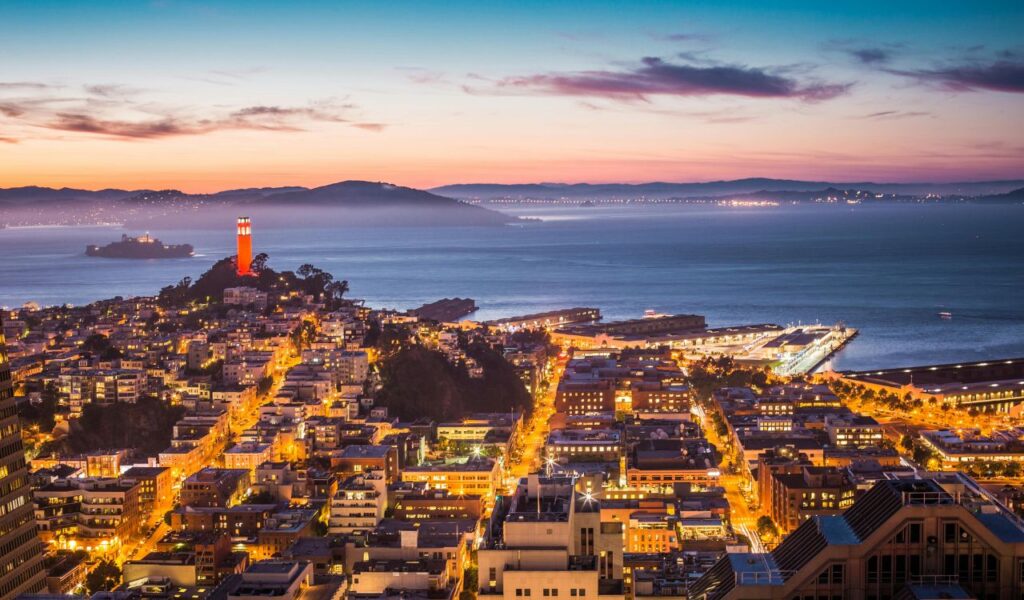
San Diego built an entire identity around hop forward beer, often branded as a craft beer capital with more than 100 breweries scattered across the county. Recent years brought contraction, inflation, and a wave of closures, as national craft production dipped and local demand cooled. Surviving breweries often lean on safe sellers and raise prices to cover costs, leaving many taprooms feeling less like playgrounds for experimentation and more like polished, expensive tasting rooms.
Asheville, North Carolina
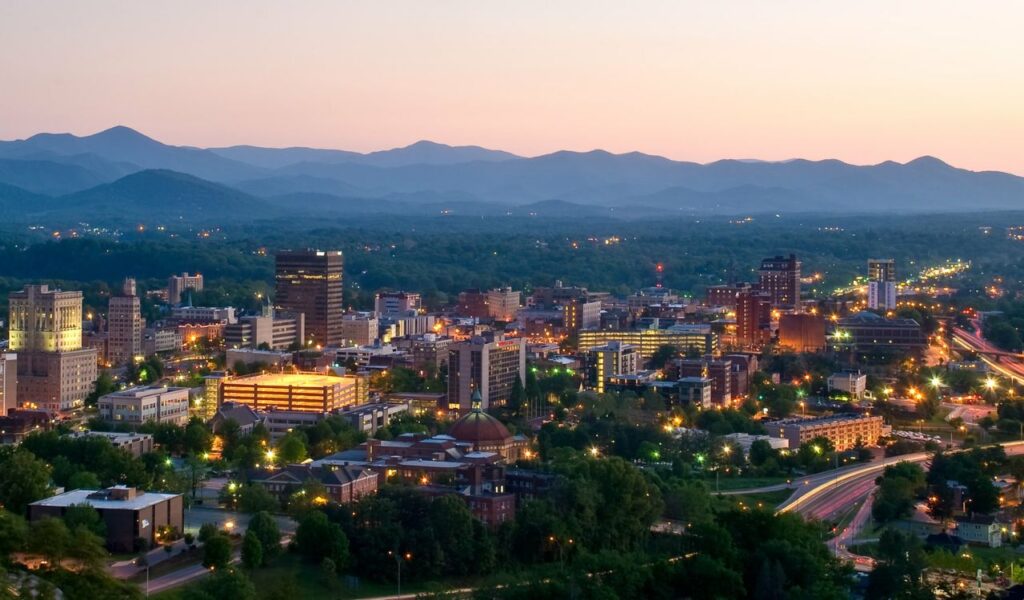
Asheville enjoys a reputation as a mountain town packed with breweries, often cited as having more craft breweries per capita than any other U.S. city. That success brings pressure. Tariffs and rising input costs hit small producers, and tourist demand encourages easy drinking IPAs, sours, and lagers that sell quickly. Many locals still cherish the scene, but some describe a shift from quirky, neighborhood brewpubs to crowded, branded spaces where flights and merch feel priced for weekend visitors.
Grand Rapids, Michigan

Grand Rapids proudly wears the nickname Beer City USA, with scores of breweries lining its ale trail and tourism campaigns built around taproom hopping. That success can create sameness, as many venues chase similar IPA heavy menus and Instagram ready tasting rooms. At the same time, national analysts talk about craft oversaturation and closing breweries outpacing openings, which adds financial strain. The result is a scene that still delivers quantity, but sometimes struggles to feel distinctive at street level.
Seattle, Washington
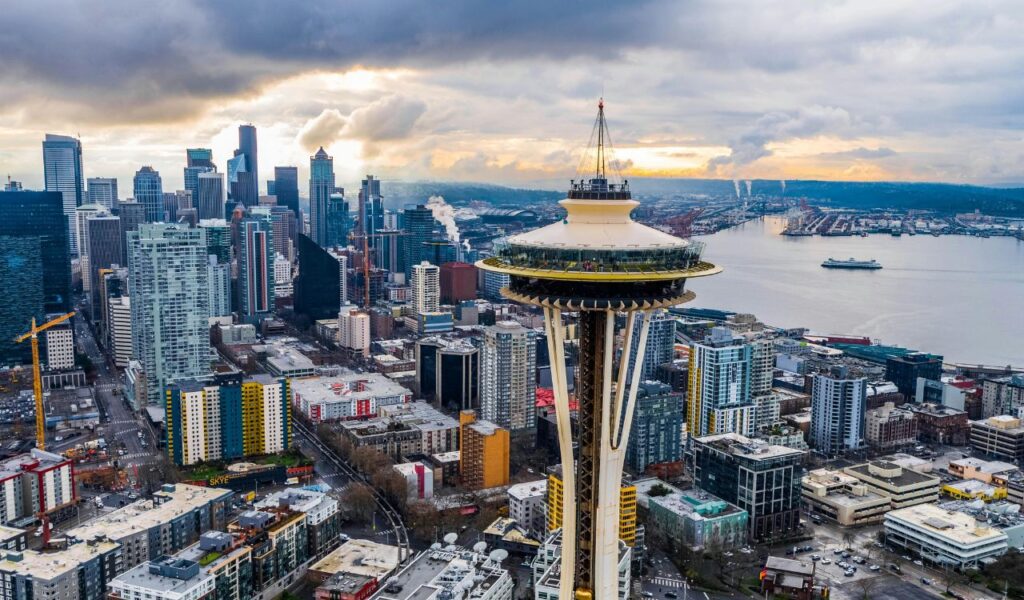
Seattle’s beer identity grew out of neighborhood pubs, rain streaked warehouse spaces, and a culture that treated hops as a basic food group. Now the city faces steep rents and higher input costs, and many breweries quietly pass those pressures into pint prices. National brands, hard seltzers, and similar hazy profiles crowd tap handles, while experimental lagers or saisons occupy smaller corners of the board. For many visitors, the experience feels polished but less surprising than the city’s reputation suggests.
Austin, Texas

Austin’s mix of live music, food trucks, and easy going taprooms helped turn it into a regional craft beer magnet. Economic realities tell a sharper story. Texas has seen more brewery closures than openings in recent years as inflation, rent, and shifting tastes squeeze margins. Taprooms that once felt scrappy now often resemble upscale bars with carefully branded IPAs, fruited sours, and premium pricing, especially in central neighborhoods packed with visitors. The original sense of discovery can be harder to find.
Chicago, Illinois
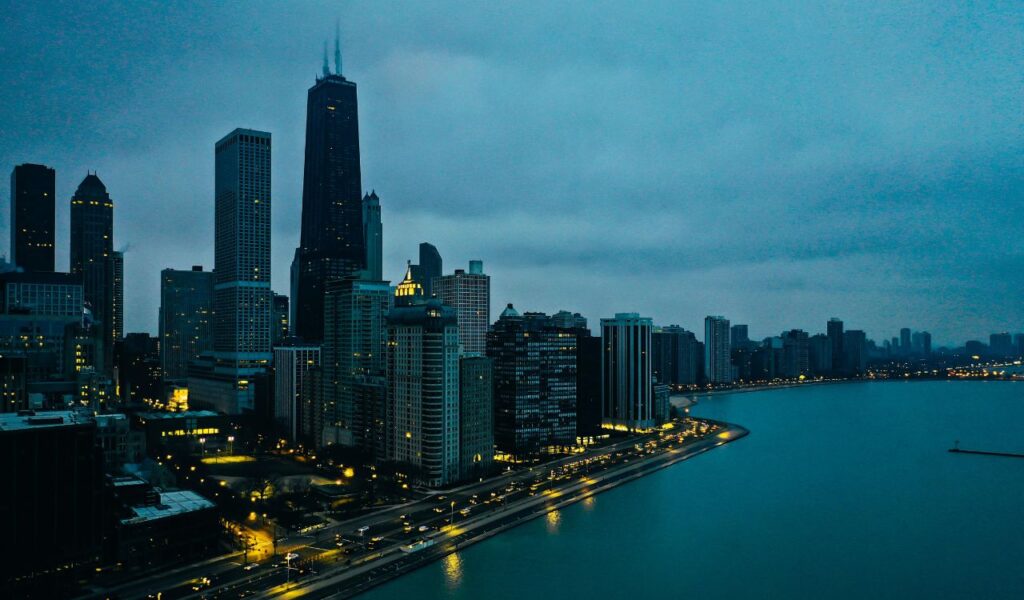
Chicago’s beer scene exploded over the past decade, stretching from experimental neighborhood spots to large regional producers. The city still offers standout breweries, yet many newer taprooms lean on the same formula: industrial chic decor, a few house IPAs, a pastry stout, and maybe a trendy hard seltzer line. National trends toward oversaturation and higher production costs do not spare the Midwest. Flights and pints in popular districts inch upward in price, nudging some drinkers back toward simple lagers or cheaper neighborhood bars.
Boston, Massachusetts
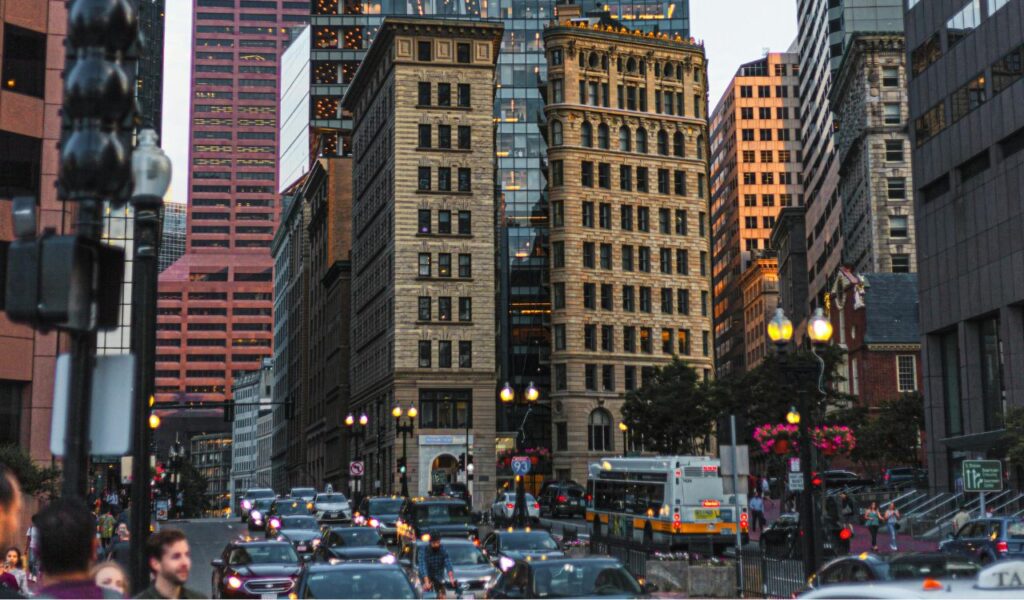
Boston’s beer image once centered on classic regional brands and a handful of pioneering brewpubs. The current wave of brewery openings added plenty of options around the metro area, often targeting tourists and office crowds near transit lines. Menus can feel interchangeable: hazy IPA, double hazy IPA, a kettle sour, and a dessert stout, all priced as special occasion drinks. Broader industry headwinds, from canned cocktails to no alcohol options, encourage breweries to double down on safe crowd pleasers rather than chase riskier, distinctive styles.
Philadelphia, Pennsylvania
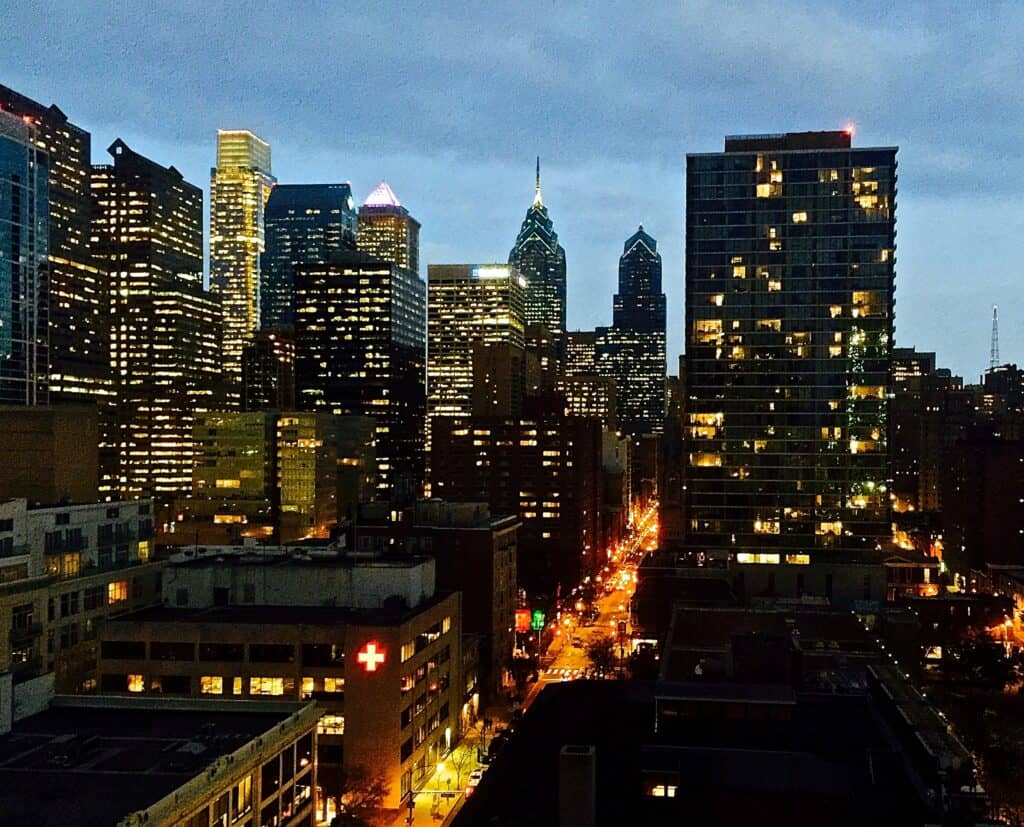
Philadelphia leans into its reputation as a serious beer city, with historic taverns, Belgian bars, and local breweries spread across its neighborhoods. In practice, many high profile taprooms now mirror national trends, spotlighting similar IPA flights and limited releases designed to generate quick hype. As costs climb, a casual stop can turn expensive, especially in central or waterfront districts. National reports of craft contraction underline how hard it has become to keep smaller, quirky projects afloat amid a crowded, price sensitive market.
Milwaukee, Wisconsin

Milwaukee’s history as a brewing powerhouse gives it a built in beer mythology. Modern craft players share space with legacy brands, tourism campaigns, and stadium promotions. Some newer taprooms carve out inventive niches, yet many others lean on the same IPAs and fruited variations seen in every major beer city. Rising costs encourage premium pricing even in historically blue collar neighborhoods, creating a gap between the city’s accessible beer image and the reality of a night out among popular spots.
Bend, Oregon

Bend ranks high in national lists for breweries per capita, often grouped with Asheville in conversations about small city beer powerhouses. With that density come familiar problems. Oregon’s craft industry has endured declining sales and closures, pushing breweries to chase reliable sellers and tourist dollars. Taprooms along well traveled corridors increasingly feature similar hop forward lineups and rising prices, while the more experimental or laid back options drift to the margins, away from visitor foot traffic.
Burlington, Vermont
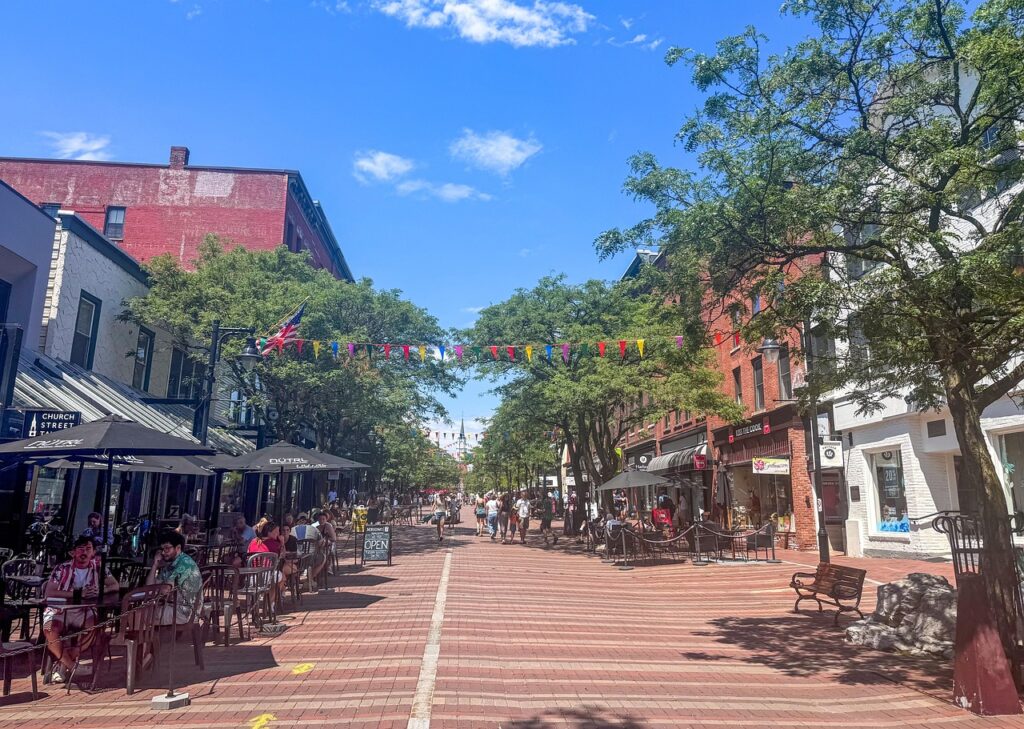
Burlington helped define the haze craze, with nearby breweries turning cloudy IPAs into global objects of desire. That fame attracted steady waves of beer tourists, higher demand, and higher expectations for profit. As the national market softens and more regions copy the same styles, Burlington’s taprooms can feel less singular, especially to repeat visitors. Many spots still pour remarkable beer, but crowded bars, premium can prices, and familiar flavor profiles remind drinkers that the era of easy discovery may have passed.